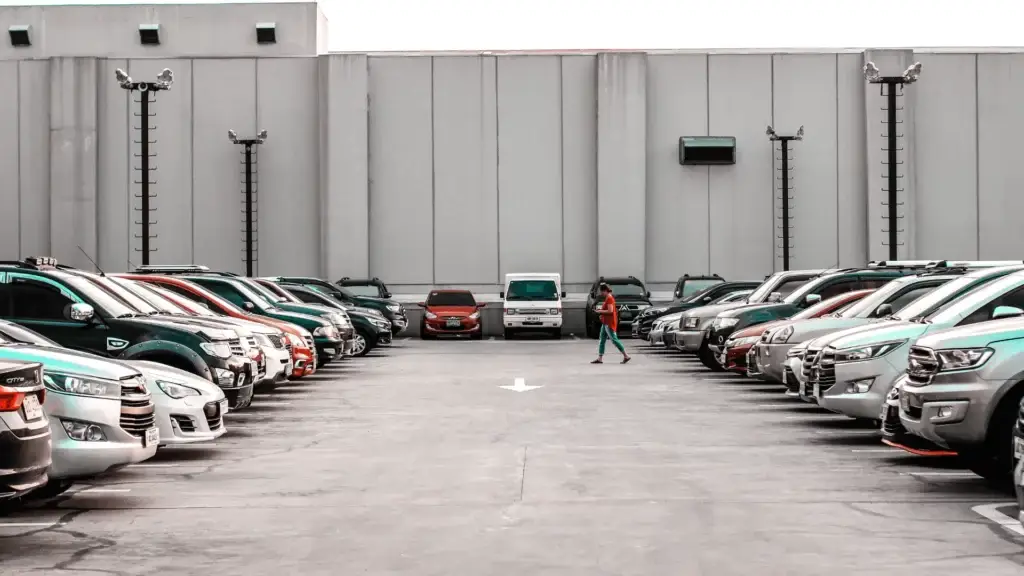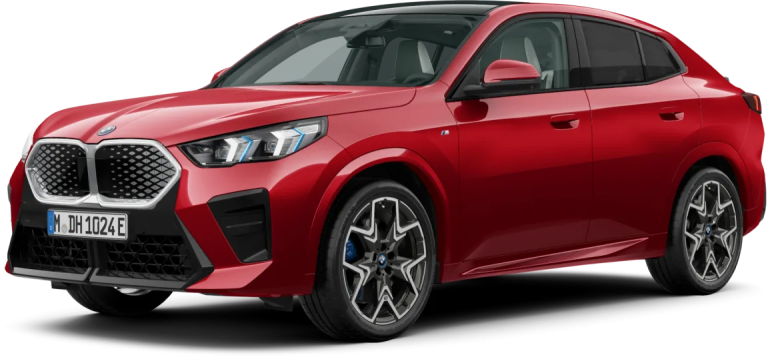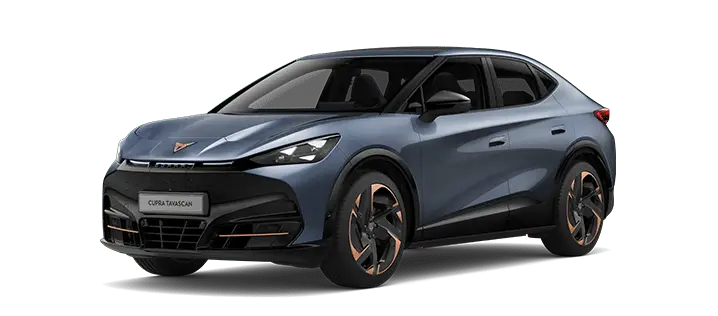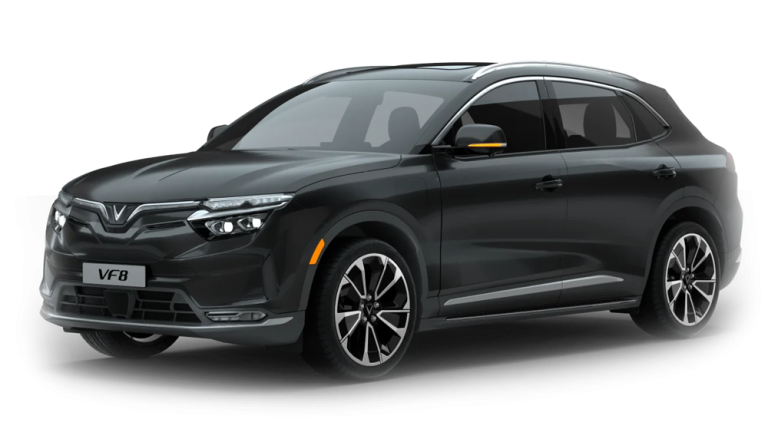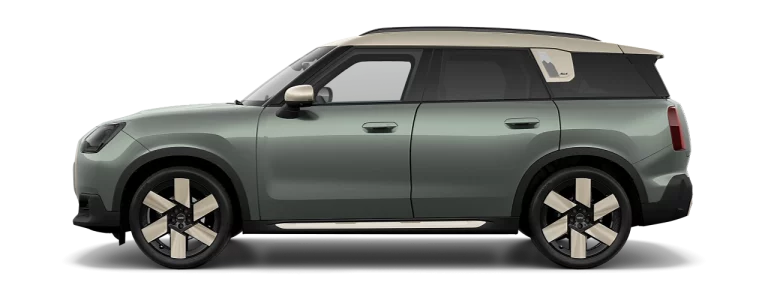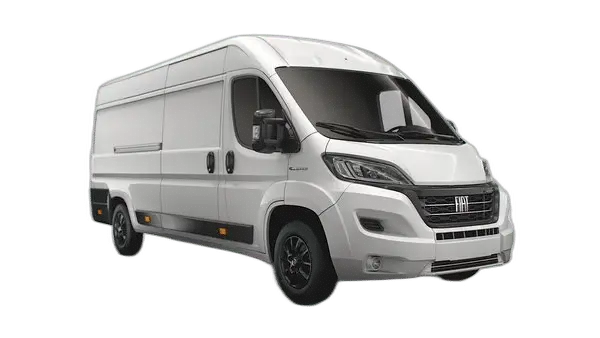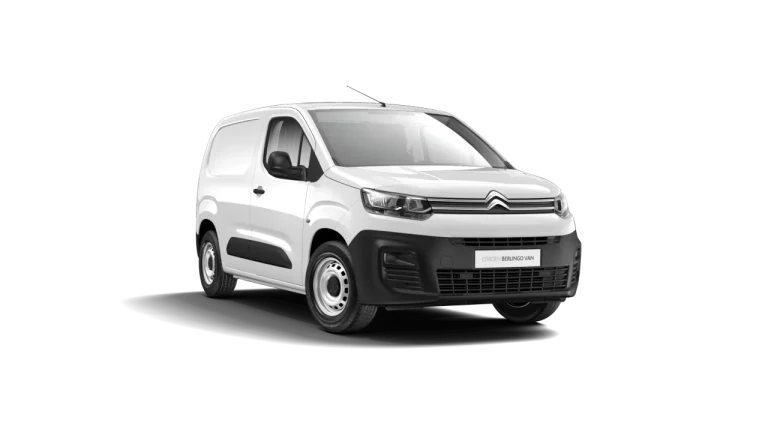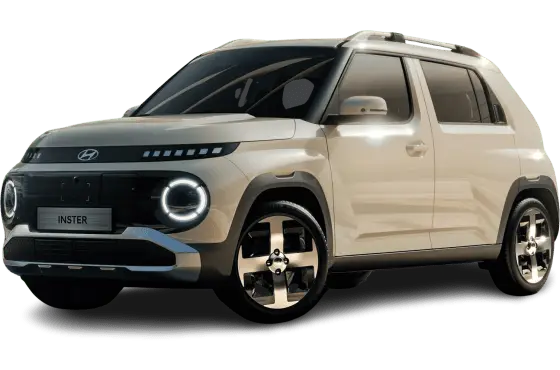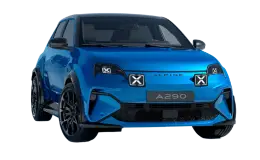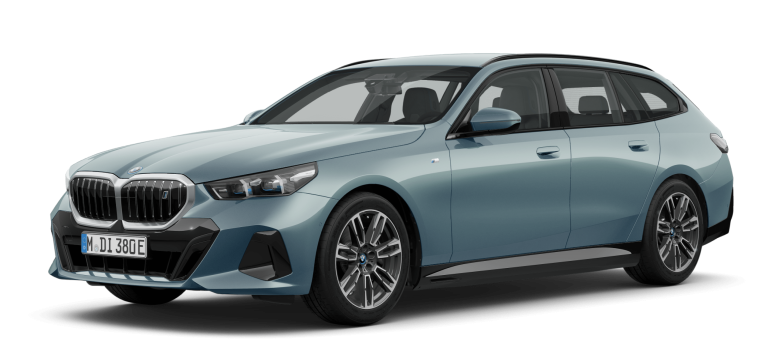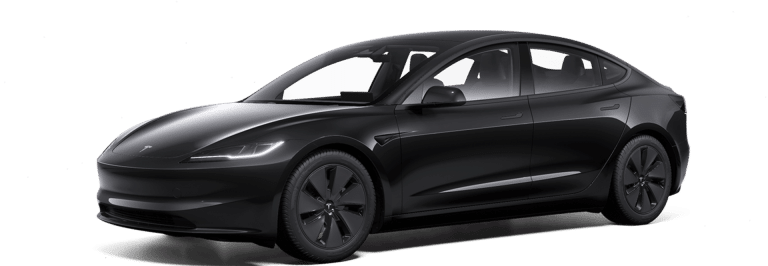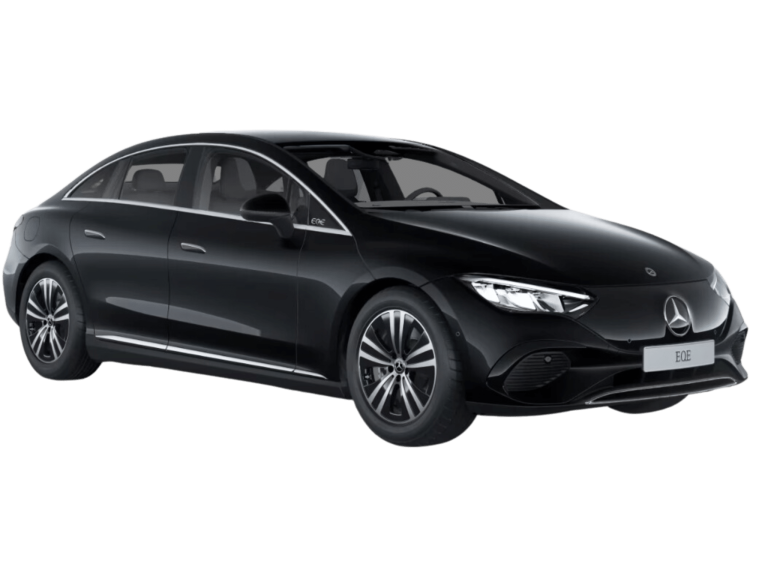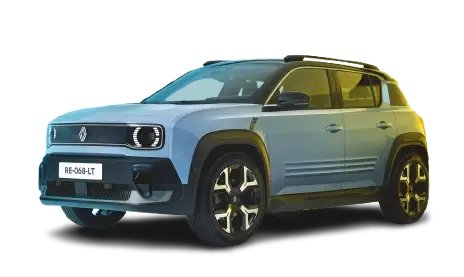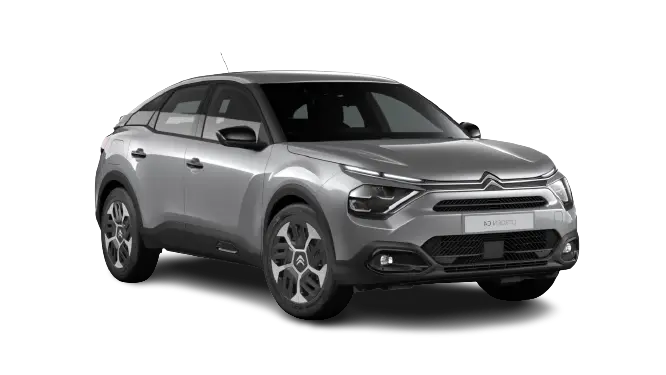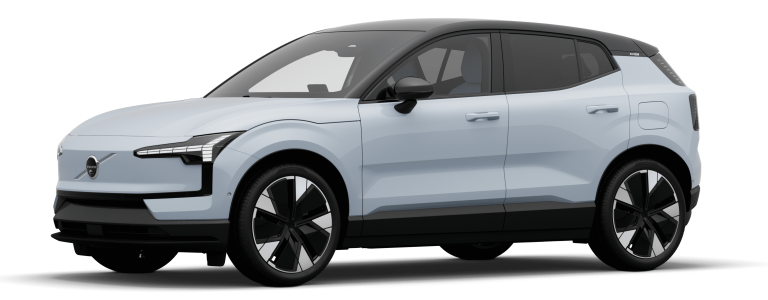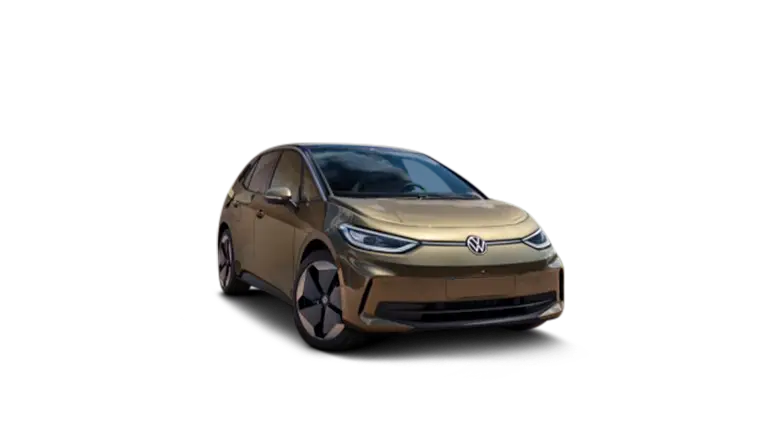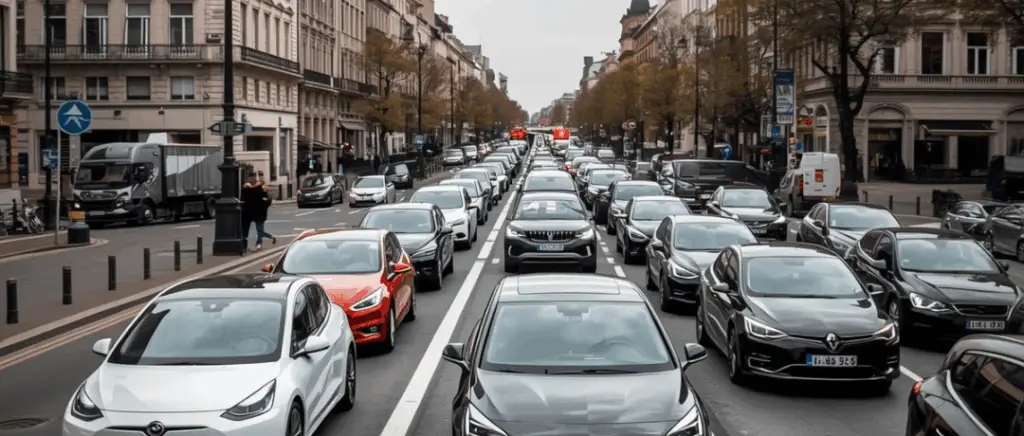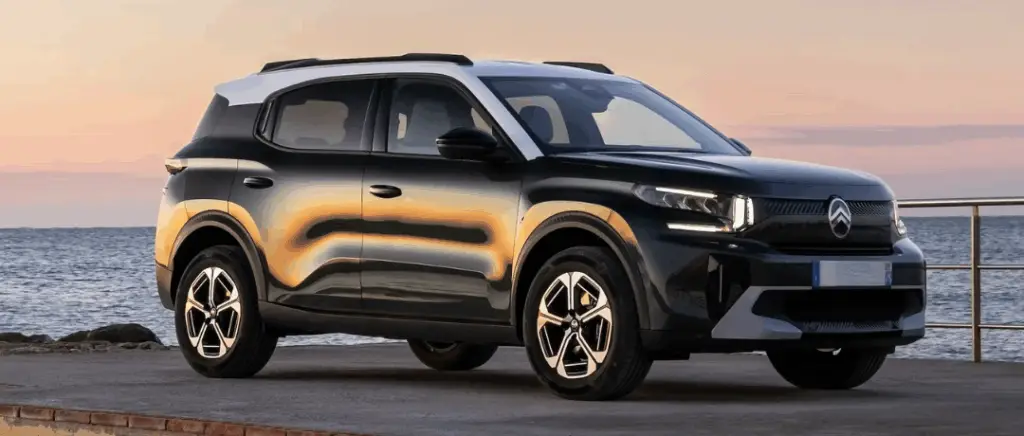Our experts answer your questions with a smile
Monday to Friday 9am - 12.30pm - 2pm - 7pm
What is a fleet of vehicles?
Let's start by defining the term "vehicle fleet".
A fleet vehicles or vehicle fleetThis is all the means of transport available to a company or association:
- Company cars
- Company cars
- Business vehicles: light commercial vehicles or, in some cases, vans and lorries
- Any other light vehicle such as two-wheelers, scooters or bicycles.
Depending on the size of the company and its needs, all these elements represent a substantial investment. It is therefore strategically crucial to optimise your vehicle fleet to make significant savings.
Challenges and objectives for the vehicle fleet
A fleet of vehicles has a number of challenges:
- Cost reduction : Whether it's a lease or a purchase, grouping your vehicles together makes for better fleet management. This process gives you an overall view of your vehicles and reduces their running costs.
- Maintenance
- Fuel
- Insurance
- Management
- Maintenance
- Better management and monitoring
- Issuing purchase orders
- Procurement
- Fleet renewal
- Allocation policy
- Availability of pool vehicles
- Allocation policy
- Safety and optimisation of your fleet
- Safety of passengers in the vehicle fleet by favouring the safest vehicles, for example
- Vehicle maintenance: depending on the service provider you choose, it can take care of the maintenance of your fleet. This means you can outsource the maintenance and cleanliness of your fleet. The vehicles are renewed and always operational.
- Image/external communication
- Image generated by vehicle type: certain vehicles have an image that can positively affect your company's image.
- Sustainable development
- Eco-driving
- CO2 emissions
As you can see, good fleet management means you can save money and better anticipate any problems associated with the use of your vehicles.
The regulatory context: the laws to which companies are subject
One of the reasons why fleets In France, the regulations differ depending on the structure and size of the company. In France, regulations vary according to the structure and size of the company.
Quota of "clean vehicles" in fleets
The Energy Transition Act requires local authorities and public companies a quota of 20 % low-emission vehiclesemissions (electric vehicles or vehicles withCO2"are less than or equal to 60 grams per kilometre").The quota will be increased to 30 % from July 2021.
The State and public establishments have a quota of 50 % to meet.
Private companies
For private companies, Article 26 A of the LOM law sets targets in stages (managing a fleet of vehicles with a total authorised laden weight of less than 3.5 t):
- 10 % of this renewal from 1 January 2022
- 20 % of this renewal from 1 January 2024
- 35 % of this renewal from 1 January 2027
- 50 % of this renewal from 1 January 2030.
Companies will have to publish a report each year showing the percentage of low-emission vehicles that have replaced internal combustion vehicles.
With regard to size, the article specifies a calculation method that does not allow the law to be circumvented. This is because, " When assessing the size of the fleet managed by a company, the vehicles managed by its subsidiaries whose head office is located in France and the vehicles managed by its establishments located in France are taken into account. ".
In other words, if you have a fleet of 20 vehicles per subsidiary and you have 10 subsidiaries, the number of vehicles at the parent company is 200.
EPZs increasingly widespread in France
Find out more : EPZ: what's new for company commercial vehicles.
The Greater Paris EPZ
The Greater Paris Metropolis validated its strategy with the Metropolitan Climate Air Energy Plan in 2018. Various measures will enable Paris to reduce the circulation of the most polluting vehicles through restrictive measures. The traffic restriction measures will gradually become more severe.
- Since July 2019, unclassified and Crit'Air 5 vehicles have been banned from the roads
- From January 2021, Crit'Air 4 will be banned from the roads
- From July 2022, Crit'Air 3 will be banned from the roads
- From January 2024, Crit'Air 2 will be banned from circulation
- By 2030, no thermal vehicle will not be able to access the metropolis
The Greater Lyon EPZ
Since 1 January 2020, the Greater Lyon Metropolitan Area has introduced a restrictive policy against the most polluting vehicles. A series of pollution peaks has convinced local elected representatives to take strong measures to improve air quality.
These traffic restrictions will continue to tighten over time, and companies will need to equip themselves with low-polluting vehicles if they wish to retain access to the city.
Initiatives of this kind are not new. A number of other cities in Europe and France are taking measures to restrict traffic in anticipation of pollution-related problems.
Find out more - Lyon: banned vehicles and aid... everything you need to know about the EPZ
How do you finance a fleet of vehicles?
Again, this depends on the company. There are several options when it comes to buying vehicles for your company.
- Cash purchase the vehicle - you need a solid cash position for this type of purchase
- Long-term leasing - you pay fixed monthly instalments that cover the use of the car as well as certain services to be negotiated with the hire company.
- Leasing with a purchase option company car - you pay a monthly instalment. At the end of the contract, you can decide whether or not to buy the leased vehicle. This option gives you a great deal of freedom, because if the vehicle has increased in value during the lease period, you have the option of buying it back. If, on the other hand, its residual value has not changed, all you have to do is not exercise your purchase option and buy another vehicle.
By buying several vehicles for your company at once, you have greater negotiating power: you can link all the cars to the same contract and benefit from sometimes substantial discounts on your rental payments or the final price. What's more, you can negotiate additional services for your fleet.
To find out more, click here: how do you carry out a fleet audit?
Good to know: the only way to be sure you're making the right decision when choosing car finance is to simulate the costs of buying or leasing a vehicle.
How do you insure a fleet of vehicles?
It's a substantial budget for companies, but a necessary and compulsory expense under current regulations: vehicle insurance.
Here too, you can save a great deal of money by taking the initiative. Good news! Insurance companies now offer "fleet insurance contracts", i.e. contracts tailored to the needs of each vehicle fleet.
Good to know: to benefit from a fleet insurance package, your company fleet must consist of at least 3 to 5 vehicles, depending on the insurance.
The insurance company uses a number of criteria to establish the price of the monthly instalment paid by the company:
- The number of vehicles
- Their power (the value of the vehicles)
- Age of vehicles
- The company's activity: the price will vary depending on how the vehicles are used. For example, if you transport people, the risk of accident will be greater, which will increase the monthly payments.
To make the best decision, you need to compare several quotes so that you can see more clearly and make the best decision. If you have a large fleet of vehicles, you can put out a call for tenders to put the various car insurance companies in competition with each other. fleets of vehicles.
How do you manage a car fleet?
As a manager or company director, you have several options for optimising the running of a vehicle fleet. In both cases, you should opt for fleet management software. Vehicles can be connected to a fleet telematics system.
Recruiting from within
The first solution to managing your vehicle fleet effectively is to recruit a dedicated person.
The aim of the Fleet Manager is to maximise the return on investment of the vehicles.
This person will be central to the company and will have various tasks:
- Purchase and maintenance of delivery vehicles.
- Decide whether to lease or buy vehicles.
- Help in recruiting quality drivers for the fleet if necessary
- Choosing the best driving times for employees
- Managing drivers so that they adhere to strict timetables.
- Register and license all the vehicles they manage.
- Find ways to reduce costs and maximise profits.
- Develop strategies for greater energy efficiency.
- Keep detailed records of vehicle maintenance and inspections.
- Keeping abreast of changes in current laws and regulations
- Plan regular vehicle maintenance to ensure operational efficiency.
- Guaranteeing service and maintenance slots to minimise downtime and meet maintenance schedules.
- Supervising driver behaviour and ensuring a high level of customer service.
- Analyse data to increase the company's operational efficiency.
- Use of GPS systems to monitor drivers and track vehicles in the event of theft.
In short, it's a full-time job that's difficult to delegate to an ordinary employee. The ideal profile would be someone with a feel for the logistical side of the business, but who also has the human qualities to understand the needs of their employees.
Today, the profile is evolving even more towards highly 'data' oriented profiles who can analyse parameters specific to the company's vehicles, draw conclusions and make key recommendations to their management.
With the boom in mobility services and the use of shared company fleets, the job of fleet manager may well be transformed into mobility manager.
The tasks are different, but the aim is the same: to help employees get around better while reducing costs for the company.
Outsource the fleet management of your vehicle fleet
If you don't want or don't have the budget to recruit a fleet manager, you have the option of outsourcing the fleet management of your vehicle fleet to a service provider outside your company. There are two ways of using "fleeters":
- A leasing company can manage your fleet for you if you sign with him: this is a new service that was born out of demand from rental company customers.
- An independent fleet manager can help you save money on the management of your fleet by comparing different quotes and contracts: it's simple, you can save more by using an independent company to compare several hire companies.
Clearly, the larger the fleet, the greater the savings.
Why use an external fleet manager?
There are several reasons for this. Fleet management is a thorny and strategic issue that deserves particular attention, especially in a context of reduced CO2 emissions and a desire to pollute less.
Free up time
The main reason is to relieve management of operational tasks redundant and potentially time-consuming. As we saw above, fleet management is an important job that requires both analytical and human capacity to make it work.
Delegating this work allows the external service provider to take the time to identify areas for improvement and propose concrete solutions to optimise your company's vehicle fleet.
Extending your expertise
Fleeters also enable companies to benefit from expertise and a 360° vision that they would not necessarily have in-house.
Most fleet managers have their own in-house technology that connects to existing technology and which they link to their customers.
How much does it cost? It depends on the service provider. Generally, after set-up costs, you should expect to pay up to €40 per vehicle per month.
Depending on the size of your company, you can also request tailor-made management tools to suit your sector.
Comfort and optimisation
It's important to remember that managing a vehicle fleet involves the entire life of the vehicle. You also have to keep track of invoices from hire companies to avoid any surprises, look after tyres and send reminders to employees about vehicle maintenance.
Good to know: when you sign a contract with a fleet manager, be sure to negotiate the return of the data processed so that you can change service providers if you want to compete with another manager.
If you don't have the resources in-house, you are strongly advised to consider an external fleet manager in order to reduce your company's vehicle expenditure.
How do you optimise a fleet of vehicles?
Regardless of how you manage your fleet (in-house or via an external service provider such as a "fleet management company"), it is important that you have a clear idea of how your fleet is managed.fleeter"In order to optimise the fleet, the first step is to carry out an exhaustive analysis of the company's vehicle fleet. In order to optimise the fleet, the first step is to carry out an exhaustive diagnosis of the company's vehicle fleet.
Stage 1: Audit of the existing situation using a multi-criteria diagnosis
What is a multi-criteria diagnostic? In simple terms, it's an audit of the existing fleet to identify problem areas, possible improvements and the overall cost of the fleet.
To carry out a detailed diagnosis of your company's vehicle fleet, you need to
- Collect fleet data
- Analysing this data
- Interview employees to find out more about their habits (needs and wishes, frequency of vehicle use, etc.).
- Standardised inventory of fixtures
Stage 2: Cost optimisation
Once the diagnosis has been carried out, the next steps need to be considered. These will take the form of summary sheets, a report summarising possible solutions for the fleet and a detailed action plan to set the objectives to be achieved.
The choice of cost-cutting levers requires an analytical approach based on up-to-date comparative tools, which translates into concrete actions:
- Optimising existing resources
- Arbitrating decisions: young fleet / old fleet, purchase / long-term leasing
- Define a fleet acquisition and renewal policy
- Recommendations for improving management processes
Stage 3: Allocation policy
This is a crucial part of fleet optimisation.It is characterised by interviews with the employees who use the vehicles and who are therefore at the centre of the decisions to be taken for the future. This is followed byrecommendations on the use of vehicles:optimising operating times and driving quality,etc...
Stage 4: IT and software
As we saw earlier, telematics is a crucial component of fleet management. But before choosing the software that will support your cost-cutting efforts, you need to ask yourself the right questions.
What information does the company want to collect? How will it be used? In order to choose the best IT tool, you need to carry out a preliminary needs analysis. Once your needs have been defined, you need to compare the software packages best suited to managing your IT assets and draw up a report analysing the offers.
That's it! You know everything there is to know about vehicle fleets. If you'd like us to carry out an audit of your fleet to help you make the energy transition, please contact us. here !
Read also: TCO (Total cost of ownership): how can it be calculated and optimised?
Electric vehicle fleet: the keys to a successful energy transition
There is no golden rule when it comes to the electrification of your business. fleet. For most companies, the question of electrification arises if :
- the regulatory context is forcing companies to ask themselves this question
- fleets want to save money
- the ecological transition is central to the company's CSR policy
At the moment, it's quite rare to come across a fleet of 100 electric %s.Most fleets are gradually beginning to electrify their fleets.
When we talk about a fleet of electric vehicles, we are generally talking about several types of vehicle:hybrids, plug-in hybrids and electric vehicles.Only electric cars are considered to be clean vehicles, but some fleets want to include hybrid vehicles to reassure themselves.
Reducing your TCO: Understanding the benefits of electric vehicles
We often forget that electric vehicles are cheaper to run and can save companies a lot of money.
- Cheaper fuel (€1.5 to €2 per 100 km on average)
- Low maintenance costs
- Silence (less noise pollution)
- No exhaust emissions
- Comfort (fewer accidents, less sick leave, etc.)
This is where calculating TCO can be useful for car fleets. TCO (total cost of ownership) includes all the costs associated with a vehicle throughout its ownership.
Electric vehicles save more on fuel and maintenance than petrol. But above all, you benefit from a number of tax advantages that will reduce the TCO even further: absence of the tax on the use of passenger vehicles for economic purposesmaximum amortisation band, often free parking, etc...
A 360° view of the implications of electric vehicles
If you decide to opt for a fIf you're going to use electric vehicles, you need to anticipate certain parameters.
- Recharging : is a crucial point. Where can you recharge your electric vehicle? Which charging point should you choose? What power? Depending on the employer and the type of business, it may or may not be possible toinstall charging stations in the workplace. As a company, you may be eligible for a number of grants that can reduce the cost of such installations: the Advenir programme allows companies to benefit from a 40% grant of up to €1,360 towards the installation of a charging point (including equipment and installation).
- Types of bollards to be installed : if you decide to opt for several different types of vehicle, you will need to know which types of terminal are suitable for each vehicle. Failing to anticipate this can lead to friction.
- Budget : As we saw above, electric vehicles cost less to run, which may allow you to switch to a different range of vehicles when you order your new ones.
- Car policy : it is necessary to rethink its car policy when switching to a fleet of electric vehicles. Why is this? Because these are new products that are not handled in the same way. For example, an electric vehicle is better suited to frequent stops than an internal combustion equivalent.
- Specific insurance is required: electric vehicles are specific and require insurance designed specifically for electric vehicles.
To avoid falling into unnecessary traps, it is advisable to be accompanied by a professional. electric vehicle experts.
What are the consequences of electrifying your fleet?
A successful CSR policy
Many companies agree that the CSR (Corporate Social Responsibility) is a strategic component of their business. This CSR policy takes the form of various actions within the company, but can also be reflected in the company's choice of vehicles. A fleet of electric vehicles is a way for companies to highlight their commitment to a more sustainable future for transport.
A strong employer brand
Electric cars are very comfortable and quiet. If your employees have to drive for long periods, this is a positive factor for recruiting them and retaining them over the long term.
This is particularly the case for deliveries last kilometre Delivery drivers spend hours in their vehicles, and driving a silent vehicle can change their daily lives.
Over and above the comfort aspect, the image conveyed by electric vehicles is very positive and can consequently improve the image of the company that is equipped with them.
Electric vehicles are seen as one of the best alternatives for reducing CO2 emissions. Companies that opt for electric vehicles also benefit from significant press coverage: Chronopost, for example, has finalised an order for 420 electric vehicles in 2019 and Schneider Electric will have a 100 % electric fleet by 2030. By opting for electric cars, these companies have been able to communicate their ambitious CSR policy.
